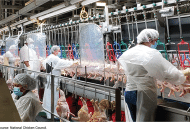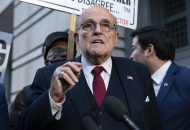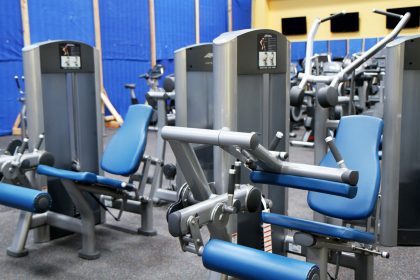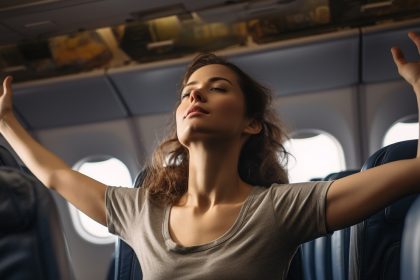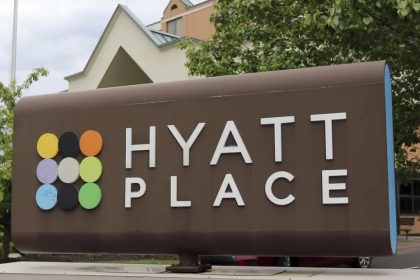Lawmakers Make Bipartisan Push to Protect the Flying Public

WASHINGTON – A bipartisan coalition of lawmakers is seeking to enhance the safety of the flying public by requiring airlnes to install secondary cockpit barriers on all commercial passsenger aircraft.
The legislation reintroduced by Reps. Josh Gottheimer, D-N.J., Brian Fitzpatrick, R-Pa., André Carson, D-Ind., and Chris Smith, R-N.J., is called the Saracini Enhanced Aviation Act of 2021 and is named in honor of Captain Victor J. Saracini, who was killed after his plane was hijacked and deliberately flown into the South Tower of the World Trade Center on Sept. 11, 2001.
It would mandate the installation of inexpensive, lightweight, wire-mesh gates between the passenger cabin and cockpit door of all existing commercial aircraft, blocking access to the flight deck whenever the cockpit door is opened during flight.
Sens. Bob Casey, D-Pa., and and Pat Toomey, R-Pa., plan to reintroduce a companion bill in the Senate.
The bill has been endorsed by Ellen Saracini, the pilot’s widow, who said she finds it unacceptable that nearly 20 years after terrorists breached the cockpit of her husband’s airplace, the skies remained susceptible to a repeat act of terrorism.
“It is my mission to ensure we are doing everything we can to protect the flight deck aboard our nation’s airliners because, without secondary barriers, we are just as vulnerable today, as we were on that fateful day,” Saracini said.
“We need to call on the FAA to act swiftly on legislation that was passed in 2019 to implement a secondary barrier on newly manufactured aircraft for delivery,” she continued, adding that she is pleased a bipartisan group of lawmakers is already pushing for the adoption of this meassure by the 117th Congress.
The bill has also been endorsed by the Air Line Pilots Association, which has long supported the use of secondary barriers to preserve the integrity of the flight deck.
“We are grateful to Reps. Fitzpatrick, Gottheimer, Carson, and Smith for their leadership and dedication to enhancing aviation safety and security by ensuring that these cost-effective devices are retroactively installed on all passenger aircraft,” said Capt. Joe DePete, the association’s president.
Despite significant, measurable improvements in global aviation safety since 9/11, the threat of hijacking remains.
A study commissioned by the Federal Aviation Administration and other industry stakeholders determined that during transition, the flight deck door has real vulnerability and that a secondary barrier is the safest, most cost-effective ($5,000-$12,000 per aircraft), and most efficient way to protect the cockpit.
“Securing the safety of our skies is absolutely critical to preventing another terrorist attack like 9/11, which killed more than 700 New Jersey residents,” said Gottheimer, a member of the House Homeland Security Committee.
“Recent federal legislation, which I helped pass, already requires secondary barriers on new commercial aircraft. But now we need to go a step further and require that all existing commercial aircraft also have secondary cockpit barriers. Why would you have some planes that are safe from terrorist attacks on the cockpit and others that aren’t? We must do everything we can to protect our airplanes from terror attacks and keep our nation safe,” he said.
“The Saracini Aviation Act is named after a Bucks County resident, Captain Victor Saracini, who piloted United Flight 175 when it was hijacked by terrorists and flown into the World Trade Center on Sept. 11th, 2001.
“This ‘enhanced’ version of that legislation is an important step in preventing future disasters by protecting pilots’ cockpit doors during flights in all passenger airplanes, not only newly manufactured commercial airplanes,” said Casey. “The Saracini Aviation Act would make air transportation safer for all pilots and passengers.”
Fitzpatrick introduced similar legislation, the Saracini Aviation Act, during the last session of Congress.












